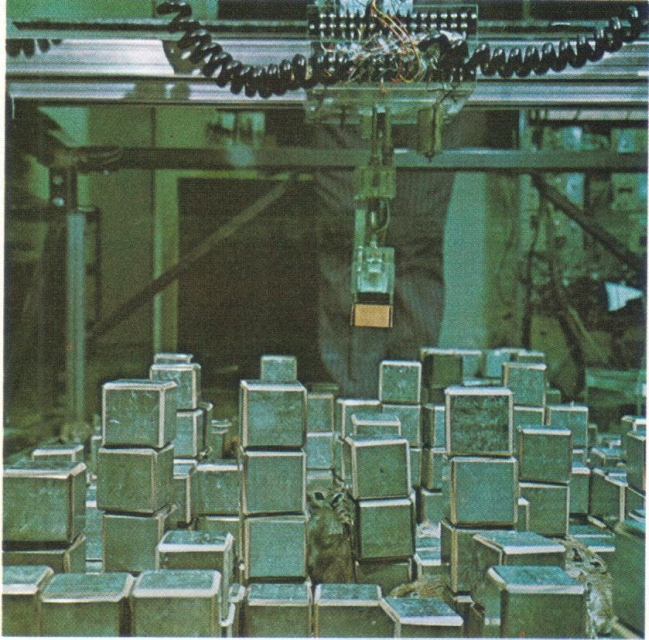
"Seek", 1970 by Nicholas Negroponte with the Architecture Machine Group , M.I.T. Originally shown at the "Software" exhibition, curated by Jack Burnham for the Jewish Museum in New York 1970. This piece consisted of a Plexiglass encased, computer-controlled environment full of small blocks and inhabited by gerbils, who continuously changed the position of the blocks. Following instructions programmed by the authors the robotic arm automatically rearranged the blocks in a specific pattern. Once the arrangement was disrupted, a computer-controlled robotic arm rebuilt the block configurations in a manner its programmers believed followed the gerbil's objectives. The designers, however, did not successfully anticipate the reactions of the animals, who often outwitted the computer and created total disarray. The exhibit was also referred to as "Blocksworld".
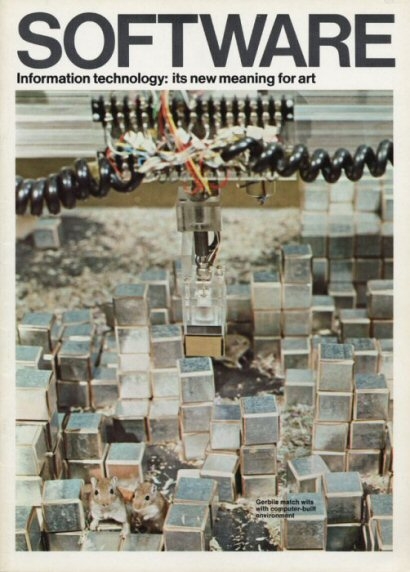
Cover of the Software exhibition that SEEK was exhibited in.
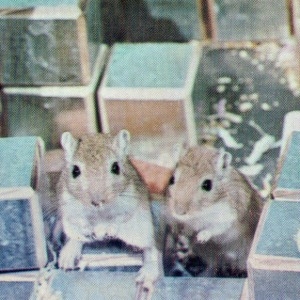
Close-up of the gerbils on the front cover.
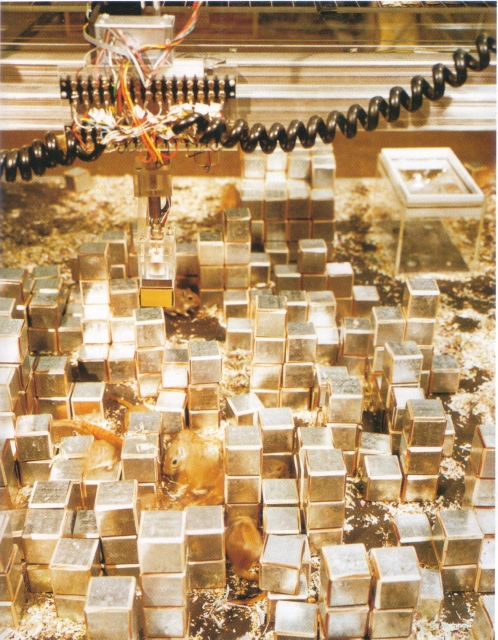
Source: Digital Visions – Computers and Art by Cynthia Goodman 1987 p41.
The following sequence of images is at the MIT labs, not the SOFTWARE exhibition.
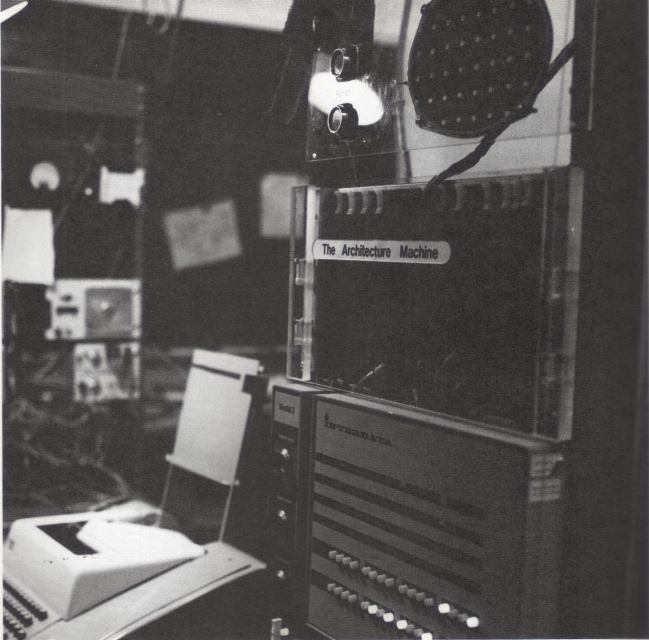
Image source: Art and the Future, Douglas Davis (1973).
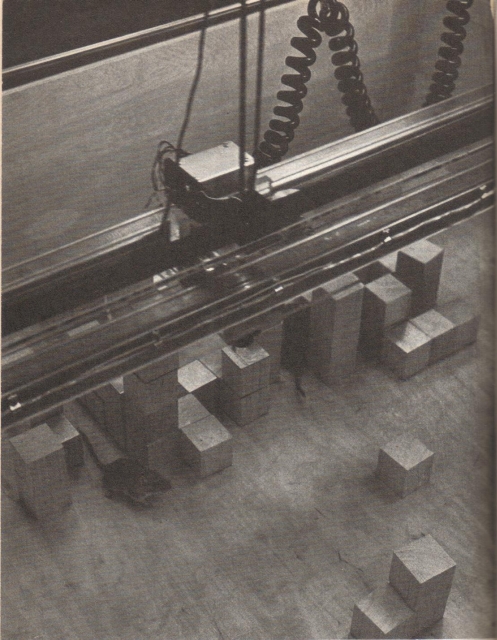

Note that the original blocks only had a metalic top. Due to the gerbils knocking over the blocks, they were eventually encased on all sides with metallic plates. The robotic arm was essential a gantry-type robot with an electromagnet end-effector.
The next 6 images are sourced from MIT Museum archives.
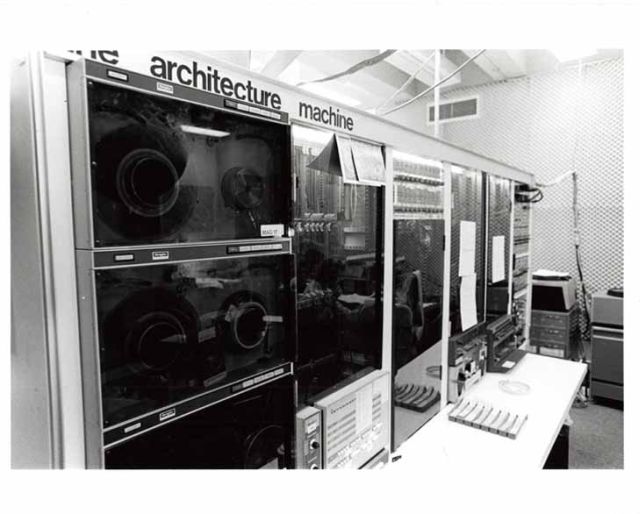

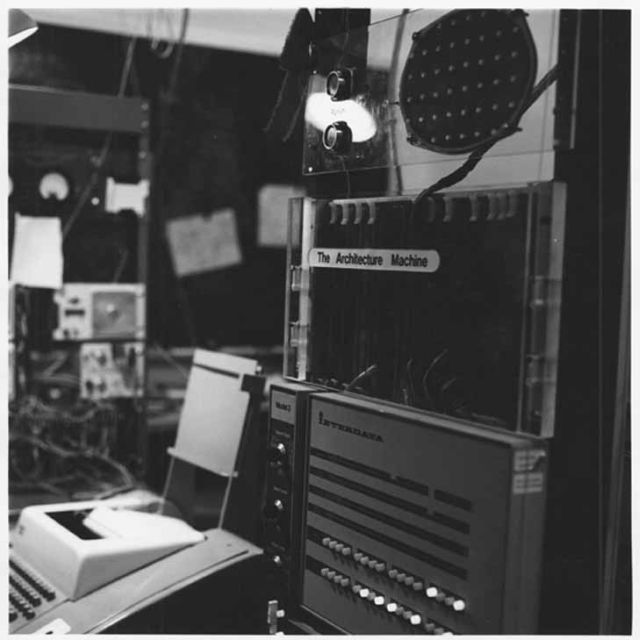
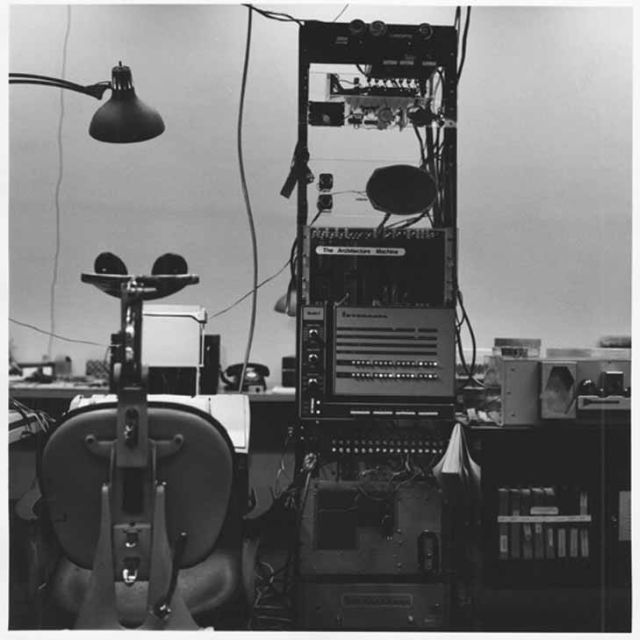
Note the dentist's chair!

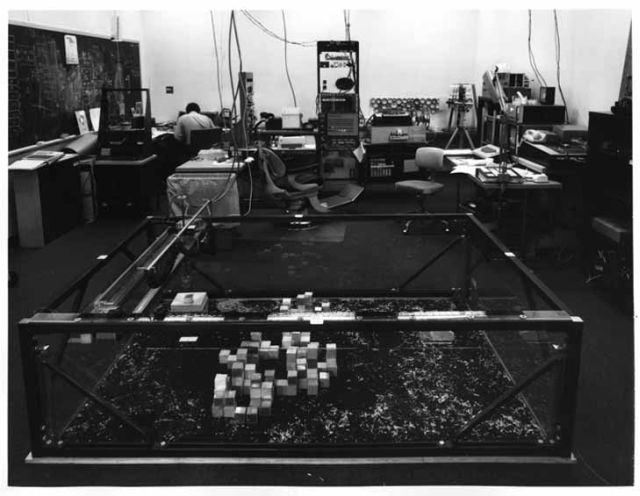
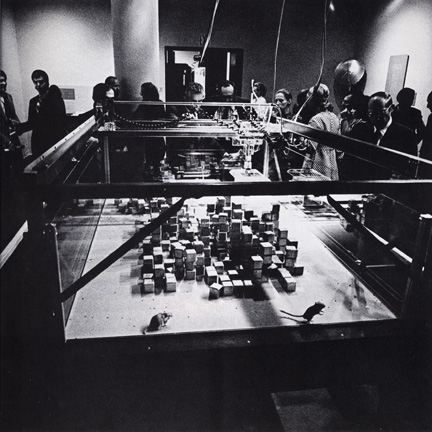

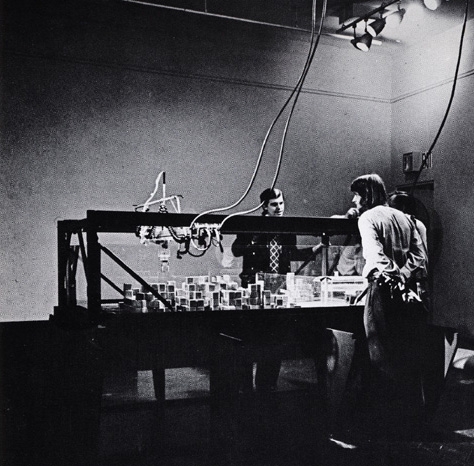
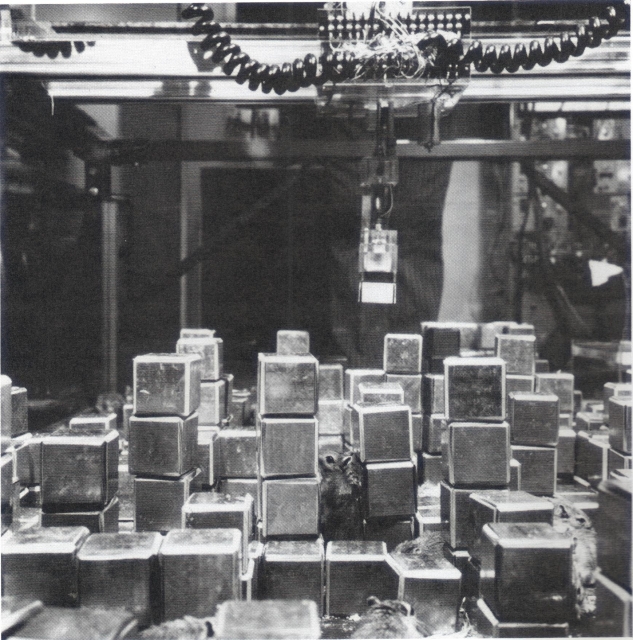
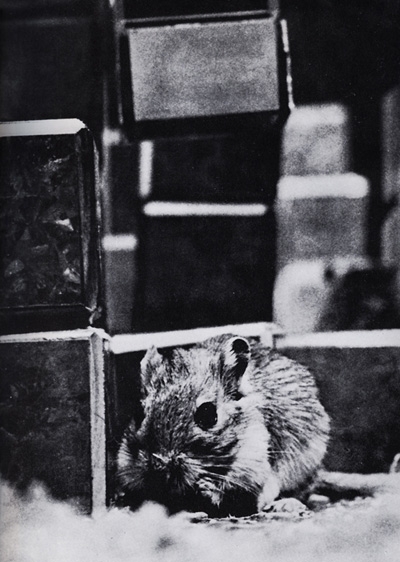
When Negroponte's Architecture Machine broke down at the Jewish Museum in 1970, Thomas Hess stated this position deftly and wittily in an Art News editorial. He described the shipwrecked gerbils, cowering before the broken arm of the computer, covered—not incidentally—with their own excrement. "Artists who become seriously engaged in technological processes might remember," he concluded, "what happened to four charming gerbils."*
* Thomas, Hess, "Gerbils ex Machina," Art News (December, 1970) p. 23.

Nicholas Negroponte (left), co-director of the Architecture Machine Group, talks with Kerl Katz and Steven Gregory at the exhibit. The SEEK computer system and the caged "city" of 20inch blocks with its jumping gerbils provided an unique contect between living animals and machines.
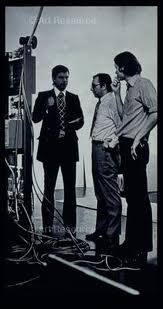
LIFE IN A COMPUTERISED ENVIRONMENT from Electronics Australia, September 1972 p16-17.
Can a computer be programmed to respond intelligently to unexpected events? A toy-block "city" was the stage for an experimental contest between a simple computer system named SEEK and a small colony of gerbils. The computer's instructions were to keep the "city" in order, but the playful gerbils would not co-operate.
The experiment was set up as a New York art museum exhibit concerned with the interaction between people and machines by the Architecture Machine Group of MIT (Massachussetts Institute of Technology). The group is working on computer systems which can aid architects in solving design problems; not just to solve engineering problems, but to interact with the architect and discuss urban design problems with him.
The computerised environment exhibit was an attempt at showing the problems encountered when living things, such as the gerbils in this case, interact with a machine which is an integral part of their environment. Gerbils are small, furry, mouse-like animals often kept as house pets. They are very active and jump around like small kangaroos.
The gerbils were placed in a large glass cage in which was a 3-dimensional "city" built from metal toy blocks. Ranging over the cage was the sensing and manipulating arm of the computer.
Within the computer's core memory was a 3-dimensional plan for the environment in which the animals were living, and it was charged with the responsibility of keeping the original plan intact if possible. But its most important role was to sense and manage unexpected events in that environment under the control of its program. It could stack, align and sort the metal blocks with the aid of a small electromagnet and seven pressure-sensing inputs at the end of its roving arm.
Unknown to SEEK, the little animals were continually bumping into blocks, disrupting constructions and toppling towers. The result was a continually changing mismatch between 3-dimensional reality and the model residing in the core memory of the computer. SEEK's role was to deal with these inconsistencies.
In the process, SEEK did show inklings of responsive behaviour because its reactions were based on probabilities and it was programmed to either correct or amplify (not both) the dislocations caused by the gerbils.
What's the point of all this? Admittedly SEEK is trivial and simple, but it does go beyond the current situation where machines cannot respond to the unpredictable nature of people (or animals). The Architecture Machine Group, sponsored by the Ford Foundation, is seriously trying to bring urban design back the ordinary man. They believe that if they can design a computer system which can communicate with an architect untrained in computer programming, they can eventually create a system which can perhaps make every man his own architect. They have already achieved a major advance with a system named URBAN, which converses with architects about urban design problems using basic 10ft cubes as building blocks. Each person who uses the system builds up a memory bank of his own vocabulary and definitions of the words he uses in his particular field of architecture.
Each operator starts completely untrained in the operation of the system, which teaches the operator as it learns his vocabulary.
The group believes that, as homes become wired for video phones and computer terminals, the individual will be able to "chat" with the architecture system about the design of his future home. They are experimenting with the Bell Telephone Company's PICTUREPHONE system at present because it is a good approximation of the future home computer terminal.
See also SEEK blog here with good content and interesting links.
See pdf describing The Architecture Machine here. Also Soft Architecture Machines here at www.girlwonder.com .
Hello, Where do the images after the 6 from MIT come from? Thank you
Sorry Socrates, I do not know where you can ask for copyright permission.
Dear, do you know where I can ask for copyright permission for Negroponte’s Seek?